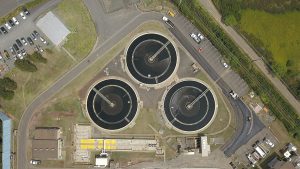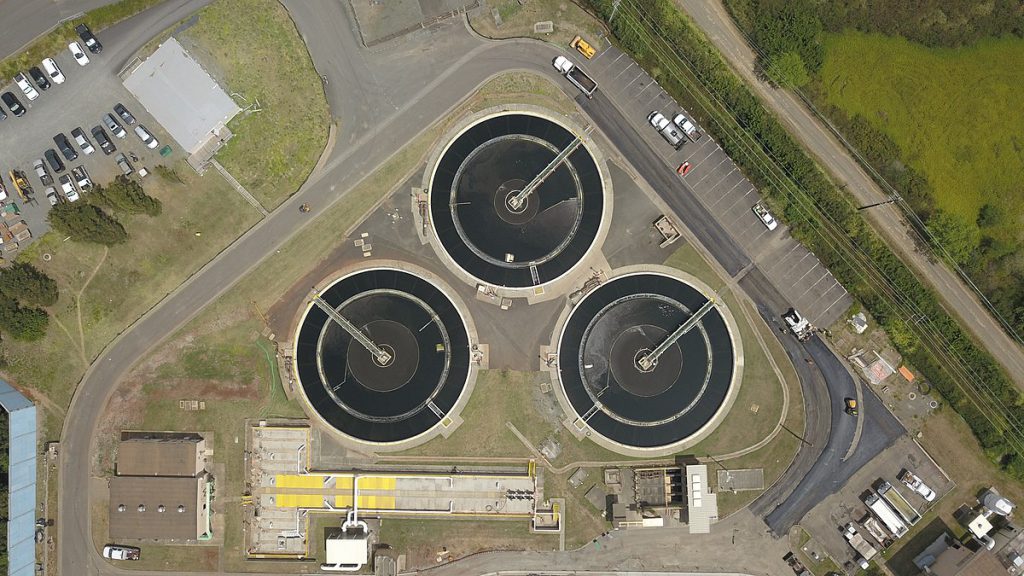
Getting harder to keep up with all the wastewater articles related to SARS-CoV-2. It’s becoming more and more common as a method of environmental surveillance for the virus. And yes, this article, Tracking SARS-CoV-2 RNA through the wastewater treatment process, came out a month ago… I’ve been too busy working on the pandemic to blog about the pandemic. This article looks not at surveillance but at the stability of the virus at different stages in wastewater treatment. A useful piece of the puzzle. Abstract below:
The municipal sewage carries the new coronavirus (SARS-CoV-2), shed by COVID-19 patients, to wastewater treatment plants. Proper wastewater treatment can provide an important barrier for preventing uncontrolled discharged of the virus into the environment. However, the role of the different wastewater treatment stages in reducing virus concentrations was, thus far, unknown. In this work, we quantified SARS-CoV-RNA in the raw sewage and along the main stages of the wastewater process from two different plants in Israel during this COVID-19 outbreak. We found that ca. 2 Log removal could be attained after primary and secondary treatment. Despite this removal, significant concentrations of SARS-CoV-RNA (>100 copies per mL) could still be detected in the treated wastewater. However, after treatment by chlorination, SARS-CoV-RNA was detected only once, likely due to insufficient chlorine dose. Our results highlight the need to protect wastewater treatment plants operators, as well as populations living near areas of wastewater discharge, from the risk of infection. In addition, our results emphasize the capabilities and limitations of the conventional wastewater treatment process in reducing SARS-CoV-RNA concentration, and present preliminary evidence for the importance of tertiary treatment and chlorination in reducing SARA-CoV-2 dissemination.
